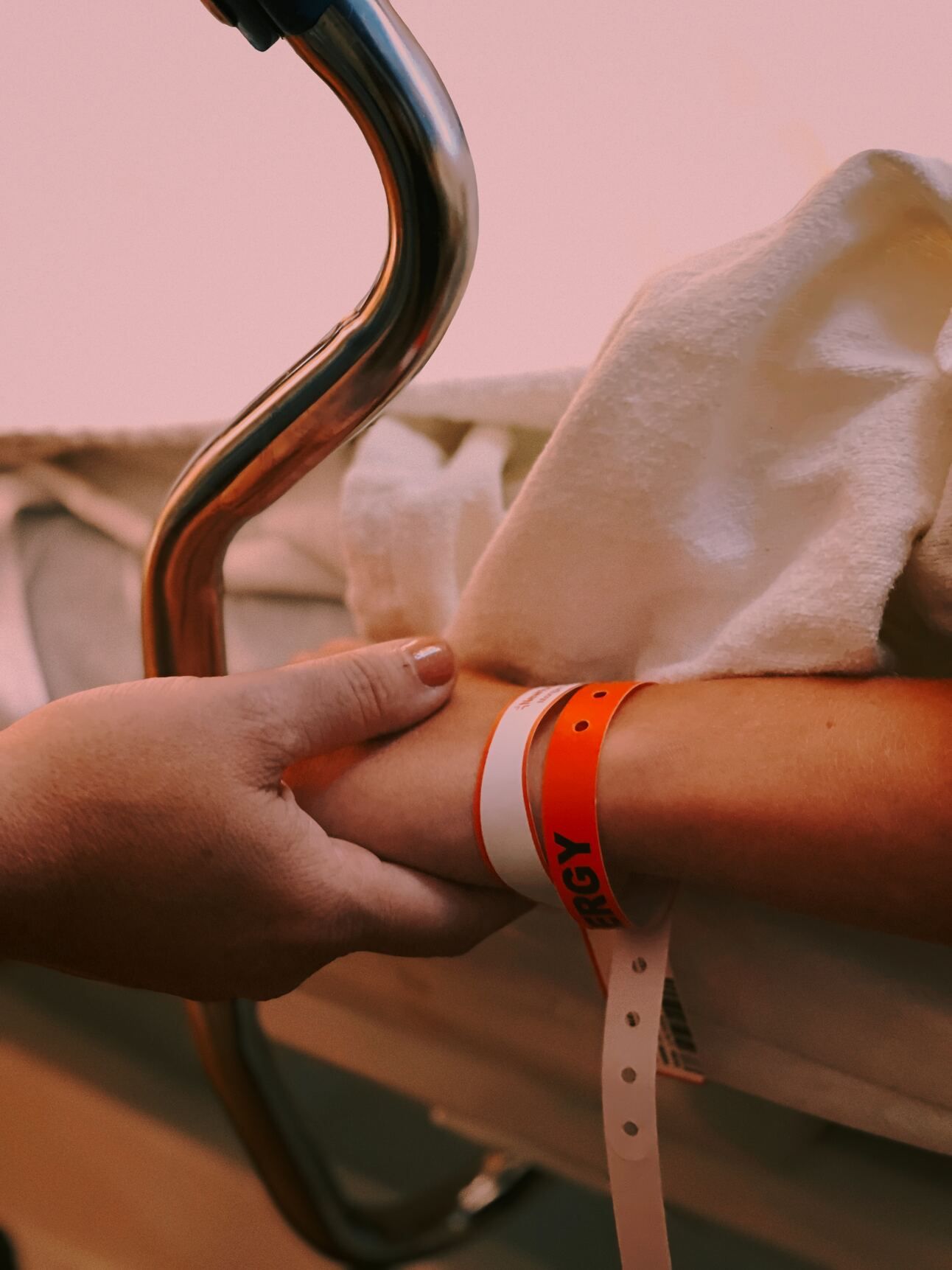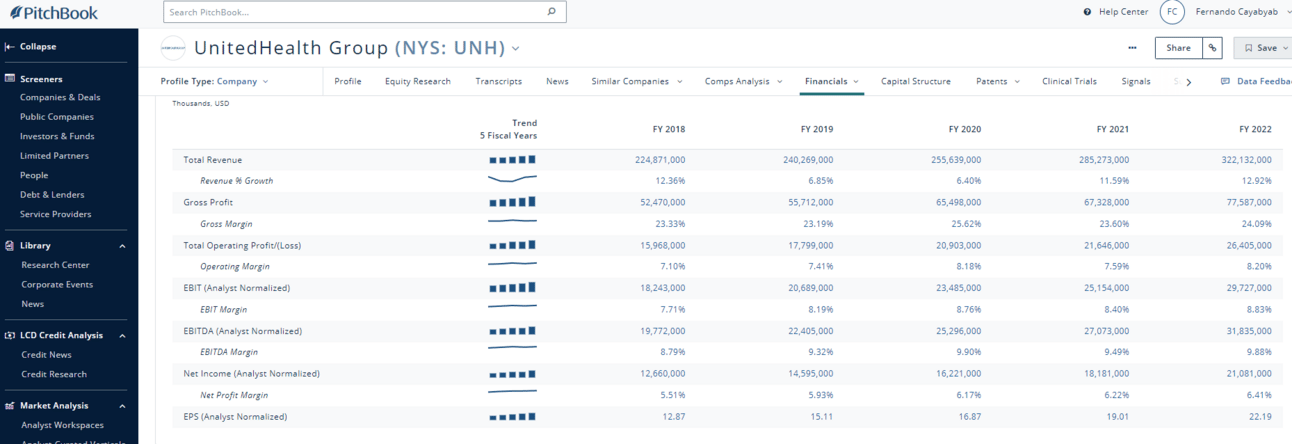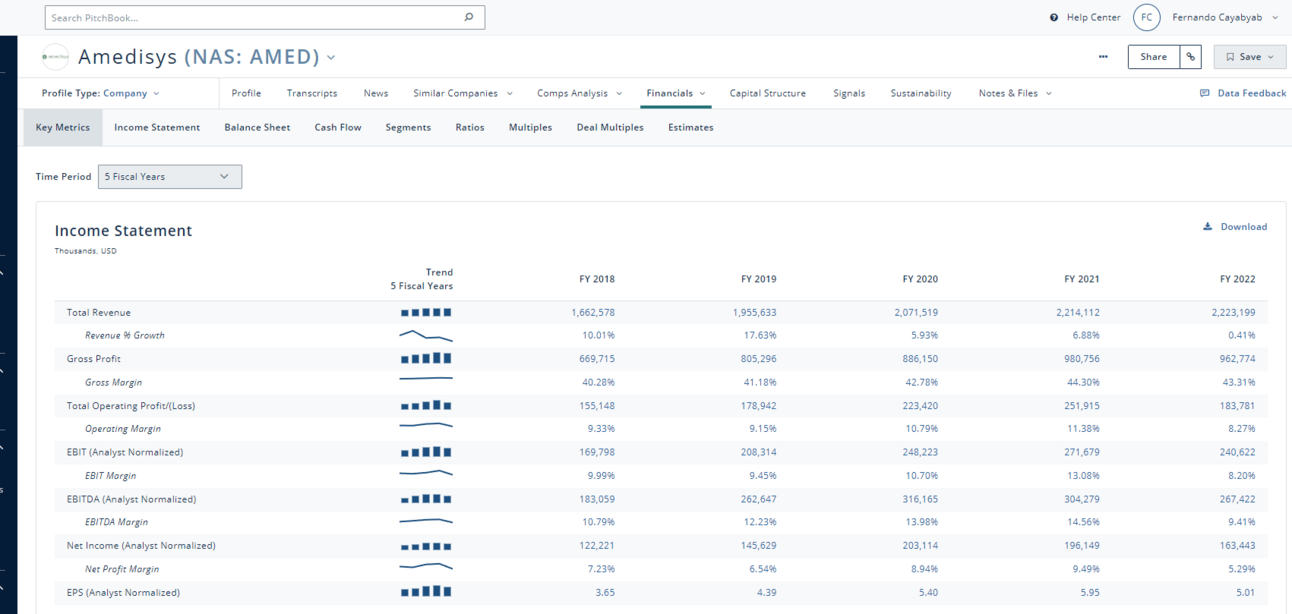- Nursetribe Newsletter
- Posts
- Nurse Tribe Newsletter
Nurse Tribe Newsletter
Oregon State mandates minimum staffing for Hospitals
Welcome Back,
In today’s edition:
🏥👩⚕️Oregon State mandates minimum staffing for Hospitals
📰💡 News that you need to know
🤖👨🔬NYU's AI Physician predicts Hospital Readmission
🤔🔗🐦Meta's Threads vs. Twitter, who wins
💼💪Acquisition and Merger, United Health Flexing its muscles
Read Time: 4 mins,
👩⚕️Oregon State mandates Nurse to patient staffing ratio📑
The Oregon House approved House Bill 2697 with a significant majority vote of 48-9, as part of a comprehensive effort to address staffing shortages exacerbated by the COVID-19 pandemic. This legislation introduces mandated nurse-to-patient ratios in various hospital units, aiming to alleviate physical and mental exhaustion reported by healthcare workers due to high patient volumes and insufficient staffing levels. Oregon is the first state to enshrine such ratios into law across multiple unit types, including the emergency room. Nurses in the emergency room will now be limited to an average of four patients per 12-hour shift, with a maximum cap of five patients per nurse. Additionally, the legislation eliminates the practice of nurses transferring patients to colleagues already assigned to patients. While Oregon already had ratios determined by nurse staffing committees, this new legislation establishes additional staffing committees for service and maintenance workers, as well as other healthcare professionals and technicians. Representative Rob Nosse, a Democrat from Portland and the leader of the House health care panel, credits the successful negotiation and collaboration among stakeholders for the development of this legislation, despite initial differences. During my MBA time at Cornell University, we looked at hospital reimbursements and mergers. With slimming reimbursement and increasing costs of healthcare, we will see several closures of independent hospitals or even acquisition and mergers as these small community hospitals cant make a payroll due to inverse ratio of inbound and outbound cashflow. This raises questions about the intended impact of this mandate on patient access and whether it will truly address the staffing challenges faced by healthcare facilities in Oregon.

Photo Credit: Texas DPS Twitter
🤑🤑Million Dollar by the Border
Immigration is a hot topic for the upcoming election, now lets look at the numbers last Fiscal Year. The number of undocumented immigrant crossings at the U.S.-Mexico border reached over 2.76 million for fiscal year 2022(Oct. 1, 2021- Sept.30, 2022).The previous annual record was exceeded by 1 million. However, it is important to note that the total number of encounters overstates the number of unique individuals due to multiple border crossing attempts. The increase in crossings was driven in part by a rise in migrants from South America. The composition of migrant flows has changed, with more Venezuelans, Cubans, and Nicaraguans being encountered than migrants from El Salvador, Guatemala, and Honduras. There were also significant arrivals from other countries such as Brazil, and Ecuador.This crisis put Texans shoulder an annual burden of $579 million to $717 million to fund public hospital districts, which are obligated to offer uncompensated care or we call it Charity Care to individuals residing in the country illegally.That is why Texas Governor is deploying hundreds of round orange buoys into the Rio Grande river to defer illegal immgrants crossing through river. What are your thoughts on Immigration? Reply to comment.
🤖📚NYUTron,Machine Learning (ML) and Artificial Intelligence (AI) assisted clinical decision

Photo Credit Jon Tyson/Unsplash
Physicians tackle urgent decisions on a daily basis, and now they have a powerful tool at their disposal. Imagine a predictive analytics and algoritym at your side and AI can predict the future of readmission so you can make informed decision based on this analytics.Take a look at New York University Langone Healthcare System, They have used an AI assisted model called NYUTron. These models have the potential to revolutionize the way healthcare professionals forecast clinical and operational events. However, the existing models that rely solely on structured data have proven challenging to use in practical settings due to the complexity of data processing and the difficulties involved in model development and deployment. But here's the exciting news: their study shows that by leveraging unstructured clinical notes from electronic health records, they can train clinical language models that have the potential to transform healthcare. These models are a game-changer.
These models are incredible clinical predictive engines that make development and deployment a breeze. NYUTron has been trained and fine-tuned to handle a wide range of clinical and operational predictive tasks. For NYU it was exciting to evaluate NYUTron across five specific tasks: predicting 30 day all cause readmissions, in-hospital mortality, comorbidity index, length of stay, and insurance denial. And let me tell you, the results were mind-blowing! NYUTron achieved an impressive area under the curve ranging from 78.7% to 94.9% with improvements of 5.36% to 14.7% compared to traditional models.That's truly something to be excited about! Let me know what you think. Will this model close the gap of unnecessary readmissions? and eventually increase cashflow reinbursement of a hospital from the insurance payers?
🤔🔗🐦Meta’s Threads vs. Twitter

Photo by: Joshua Hoene/Unsplash
In under 24 hours, of its launch on Wednesday, Threads, the microblogging app created by Meta Platforms (META), has already attracted over 30 million users, climbed to the top of app store download charts, and become a hot topic on Twitter, the very platform it aims to disrupt.
However, this successful launch also prompted a strong response from a Twitter lawyer, who claimed that Meta had hired Twitter employees to assist in developing Threads. A spokesperson from Meta denied these allegations.
While it remains uncertain whether Threads can maintain its initial momentum, analysts and investors view the launch as a promising start, especially if the platform can achieve significant scale and appeal to advertisers.
Threads was launched by leveraging the infrastructure and user base of Meta-owned Instagram, allowing users to log in with their Instagram accounts.
This early success gave Mark Zuckerberg an opportunity to taunt Elon Musk, as their rivalry has escalated to the point where they have jokingly discussed a cage match. Zuckerberg posted on his Threads profile, "Feels like the beginning of something special, but we've got a lot of work ahead to build out the app."
However, the launch has not been without its flaws. Some users have expressed dissatisfaction with the absence of certain features, such as the ability to create lists displaying threads from specific accounts, watch full-screen horizontal videos’
The impact of this development on Meta's revenue remains uncertain. Nevertheless, it poses unfavorable implications for Twitter. Analysts suggest that while Threads may eventually contribute a few billion dollars to Meta's revenue, its immediate influence is unlikely to be significant.
🤑🤑United Health’s Massive Expansion
UnitedHealth's Optum has made a cash offer of $101 per share to acquire home health and hospice provider Amedisys, terminating its previous merger agreement with Option Care Health. This acquisition, valued at approximately $3.3 billion, is subject to regulatory and shareholder approval. While there is minimal geographic overlap between Amedisys and UnitedHealth's existing home health business LHC Group, analysts anticipate potential antitrust scrutiny. The press release lacks specific details regarding the rationale behind the merger, but UnitedHealth has been emphasizing the expansion of its provider capabilities, particularly in home and community-based care.
This acquisition marks UnitedHealth's second purchase of a home health and hospice company, following its acquisition of LHC for $5.4 billion last February. The integrated healthcare giant aims to capitalize on the growing trend of medical care being delivered outside of hospitals, positioning itself to generate revenue from convenient, high-quality care at a reduced cost. As the aging population drives an increased demand for home-based care models, and with robust reimbursement for seniors in programs like Medicare Advantage (in which UnitedHealth is the largest provider), this strategic move holds lucrative potential.
However, one must question UnitedHealth's true intentions behind acquiring another post-acute healthcare services company. Is this solely driven by the desire to capture revenue in the evolving healthcare landscape, or does it align with a broader vision to improve patient outcomes and expand access to quality care?
Here are some financials related to both companies on how massive the merger is.
One of our nurse tribe and subscriber owned a fashion apparel, lets support her and learn more about her store, by clicking the button below. Don't miss out on the opportunity to upgrade your summer outfit and experience the perfect blend of style and comfort! 👇👇👇
Did you like the newsletter? 👇👇👇

